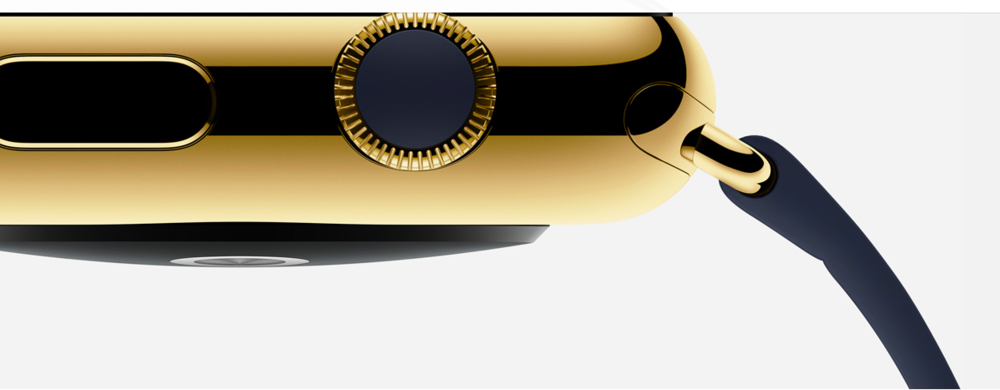Much has been talked about the gold version of the new Watch, with some experts estimating that it could cost up to $10,000 (£6,250). That is certainly a believable figure; it is less than the cost of many stainless-steel Swiss luxury watches. But what if Apple has devised a new way to make 18k gold that uses less gold and is stronger than the traditional alloy? It seems that the artful alchemists of Cupertino have achieved just such a feat. It is already patented, as you would expect.
How can this be? It’s because Apple’s gold is a metal matrix composite, not a standard alloy. Instead of mixing the gold with silver, copper, or other metals to make it harder, Apple is mixing it with low-density ceramic particles. The ceramic makes Apple’s gold harder and more scratch-resistant—which Tim Cook touted during the September announcement—and it also makes it less dense overall.
In another article, in ibtimes.co.uk, M.Rochan reveals that bullion dealers have estimated that the Watch could contain two ounces of pure gold, currently costing about £1,550. If the gold Edition watch is as popular as some believe, Apple would be in the market for nearly 750 tonnes of gold a year.
Much will depend on the final retail price of the Edition, all rumours aside. It seems to me that the production cost of the gold watch will be up to £2,000 more than that of the steel version. If that is the case, and Apple wishes to keep the price realistic, I believe the Edition watch could be retailed for between £2,750 and £3,500 rather than the postulated £6,250. All will be revealed on Monday.

